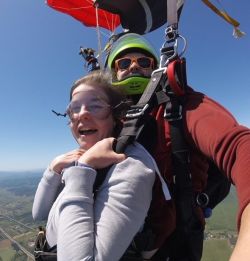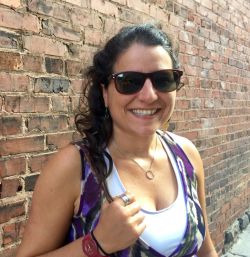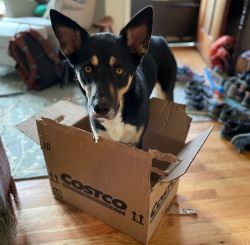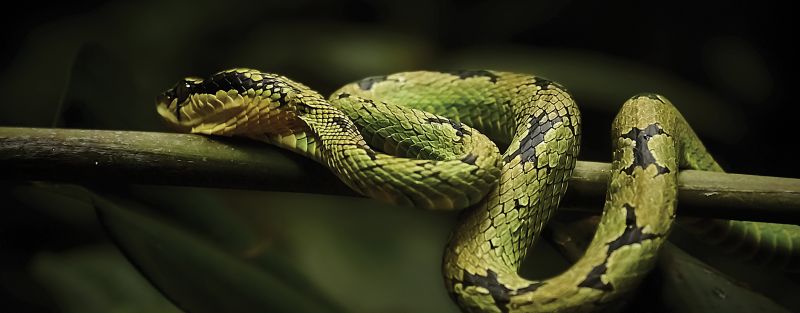
Position at Oregon State University: PhD Candidate, Graduate Research Assistant
Tell us a little bit about where you are from…
I’m originally from the foothills of Colorado. I went to Grinnell College in Iowa for my BA in anthropology and biological chemistry, then moved to Portland to get back to mountains and forests.
What brought you to OSU? What is your role in the College of Forestry?
When I lived in Portland I was part of the Oregon Mycological Society, which hosts monthly talks. In one of these I heard about research going on in the college making sustainable products using fungal pigments, and was particularly interested in the use of one of them as a semiconductor. I quit my corporate job and came to OSU to get involved finding new ways to make a better world with fungi.
What’s your favorite part about working for the College of Forestry?
The diverse resources that we have for projects and the excellent people that I work with.
What’s a cool work-related project you are working on right now?
I’m working on a project using ectomycorrhizal fungi for bioremediation of heavy metal treated wood waste. At the moment, wood treated with metals like arsenic and copper is disposed of in landfills where these metals can move into the environment. Fungi are known to sequester metals or produce compounds that will react with them, reducing their toxicity and potential environmental issues. Some species of ectomycorrhizal fungi in particular are known to tolerate heavy metal environments, and initial work has shown they may be able to reduce metal toxicity. Use of ectomycorrhizal fungi may be a sustainable way to reduce the environmental impact of these metals and potentially allow for reclamation.
What do you like to do outside of work?
My primary hobby is mushroom hunting. I’m in the forest looking for fungi most weekends. I am also into plants, both growing them and admiring them in the wild. I have a large collection of tropical orchids in a vivarium and a bog of carnivorous plants, plus more orchids in my yard. I’m particularly enthusiastic about parasitic plants and others that are dependent on fungi. I also am a woodworker, mostly woodturning, and like to cook.
What’s your favorite food?
Matsutake mushrooms.
What’s your favorite time of the year? Why?
I love late summer/early fall. The mushroom season has started on the coast by then and my favorite species of chanterelle is out, plus there are still huckleberries to snack on. Also it is still warm and sunny outside, and gardens are going crazy. Definitely the best time of year.
Do you have any children or pets?
Just plants and fungi.
If you could have one superpower, what would it be? Why?
This is incredibly specific, but I would love to be able to look at a plant/fungus and know exactly what it needs to be happy. I work with high maintenance ectomycorrhizal fungi which are normally in symbiosis with trees, and we really do not know how to replicate what the tree (or other organisms in the ecosystem) normally provide to the fungus. There are many genera that no one has figured out how to culture. I’ve been playing around in the lab working on medias, but it would be so nice to just be able to know so we can do research on them more effectively. Knowing what plants need would also be nice for my orchid habit. An alternative superpower would be to instantly make things sterile and/or being able to select what grows in culture – that would be wonderful.











